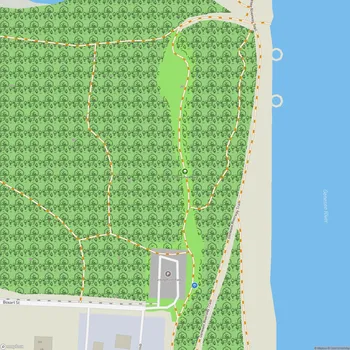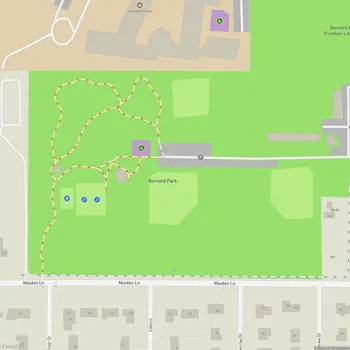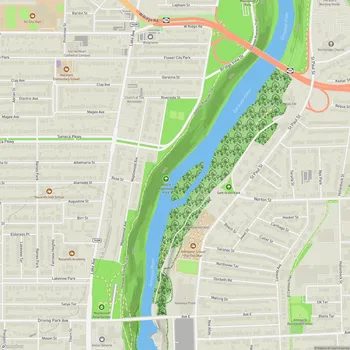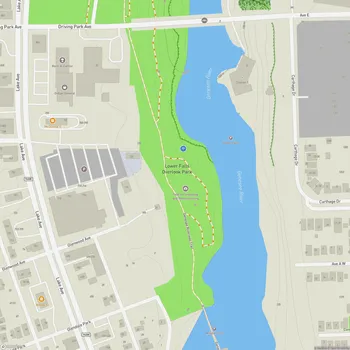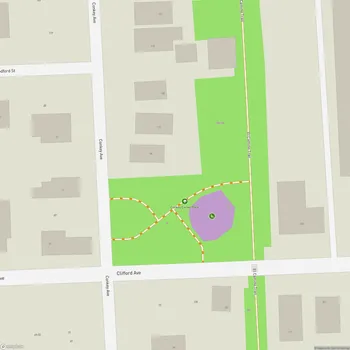Seneca Park
Seneca Park Map
About Seneca Park in Rochester
Seneca Park is a 297-acre public park located in Rochester, New York, designed by renowned landscape architect Frederick Law Olmsted in 1893. The park stretches along the eastern bank of the Genesee River, offering visitors scenic views of the river gorge from its elevated position.
Originally called North Park, Seneca Park was renamed to recognize its Native American heritage and the deeply cut stone in the river gorge. The park features Trout Lake, an artificial body of water created by damming a natural spring, which serves as a central attraction surrounded by picnic groves and meadows.
The park's landscape includes rolling woodlands, open fields, and hiking trails that follow the edge of the gorge. A one-way carriageway curves through the park, allowing visitors to enjoy the natural beauty from their vehicles. The northern section of the park contains a wilderness area with diverse tree species such as sassafras, hickory, maple, oak, and horse chestnut.
Seneca Park is also home to the Seneca Park Zoo, which occupies about 20 acres of the park's total area. The zoo, established in 1894, is visually separated from the rest of the park by its higher elevation and perimeter woodland plantings.
In addition to its natural features, Seneca Park offers various recreational facilities and amenities for visitors. It serves as an important component of Rochester's park system, providing public access to the Genesee River while preserving the area from encroaching development.
Seneca Park was listed in the National Register of Historic Places in 2003, recognizing its historical and cultural significance as part of the Rochester park system designed by Olmsted.
